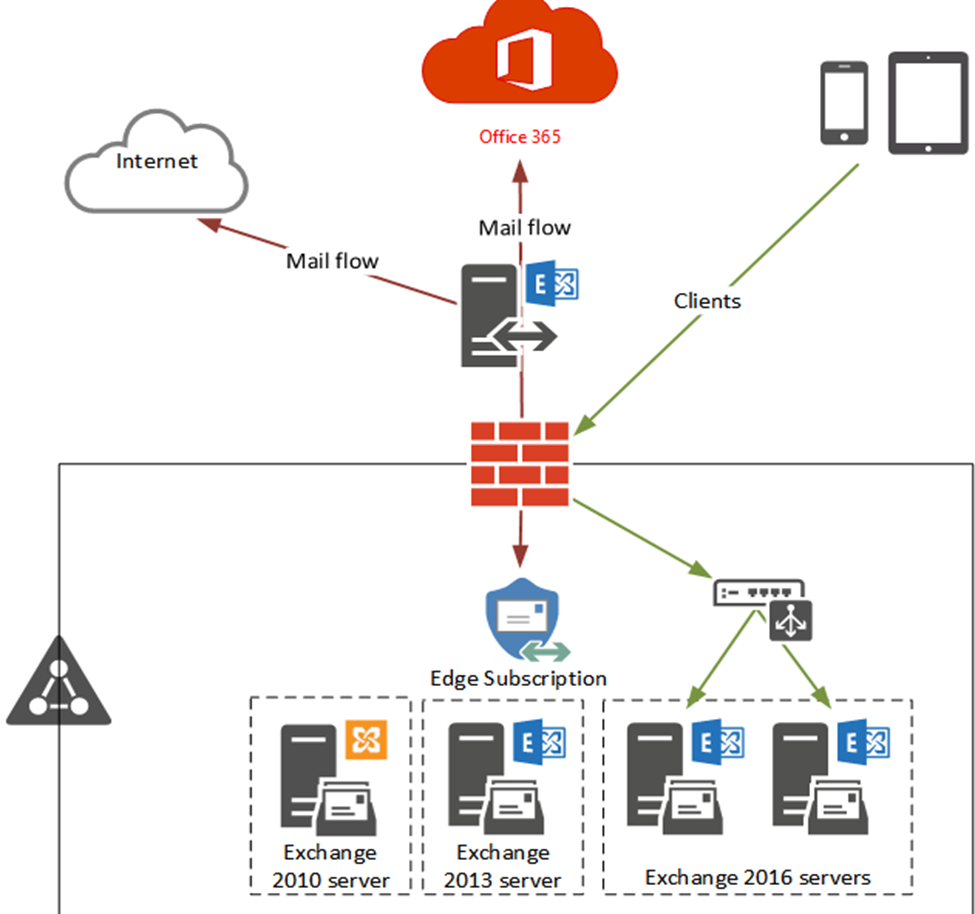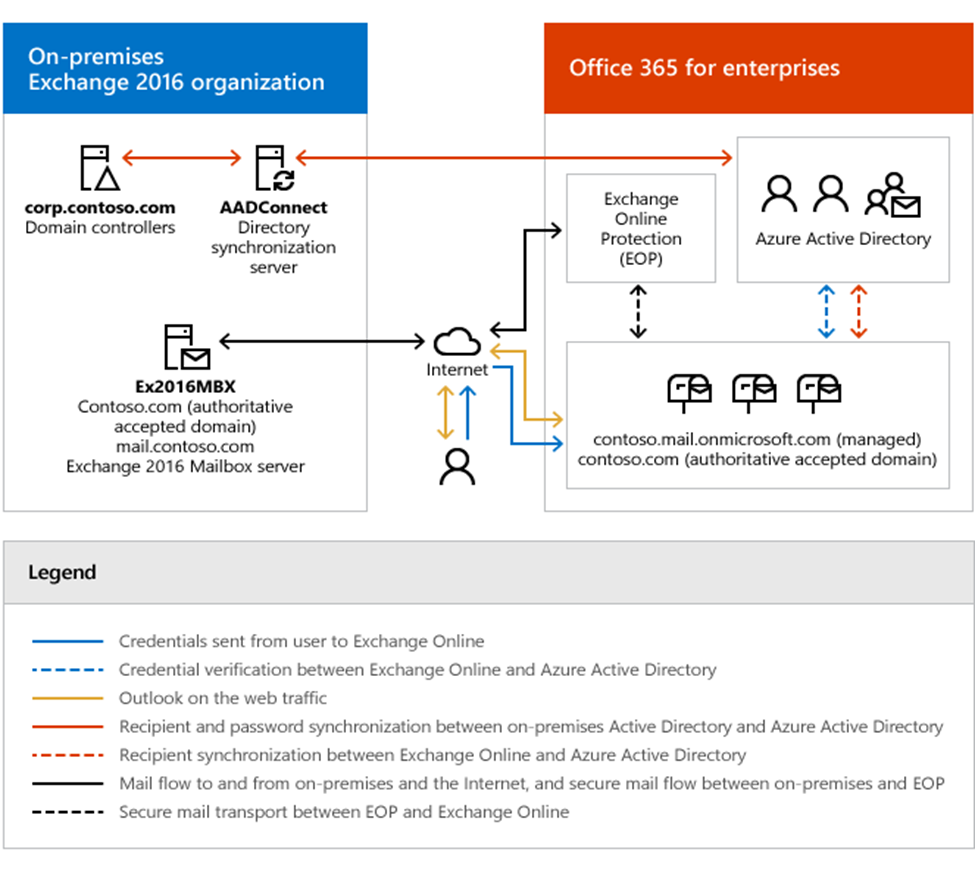As the end of support for Exchange Server 2013 approaches, many organizations are scrambling to upgrade to the latest versions of Exchange or move to Exchange Online with Office 365/Microsoft 365 solutions. When we talk about exchange 2013 end of life, we talk about the expiration of the support functions offered.
With the Exchange 2013 end-of-life date set for April 11, 2023, now is the critical time for those still utilizing Exchange 2013 to begin planning and implementing their migration. It’s important to understand that all Microsoft products have a designated support lifecycle lasting ten years from their initial release.
The conclusion of this lifecycle is known as the product’s end or exchange 2013 of support. Exchange 2013 end-of-life means the lifecycle’s support has ceased to exist. Once Exchange 2013 reaches its end of support on April 11, 2023, Microsoft will no longer provide technical support for any issues that may arise, bug fixes for stability and usability, security fixes to address vulnerabilities and time zone updates. Organizations must make the necessary changes before the end of the support date to ensure the continuity and security of their operations. As of April 11, 2023 exchange 2013 end of life, there will officially be no support whatsoever.
The Cruciality of Exchange Server 2013 End of Life
April 11, 2023, is a momentous day as it officiates the end of support day. In official terms, Exchange Server Enterprise 2013 will no longer have Microsoft-backed support. It means exchange 2013 EOL will be out of execution but the exchange server 2013 will continue to run. Exchange server support will be not available in tech matters, bug fixes, time zone issues, and security concerns, regarding the software. It also signifies exchange 2013 migration and the need for new exchange 2013 support. Microsoft exchange server end-of-life requires solutions of the following nature.

What to Do About Exchange 2013 End of Support?
Organizations can choose from a couple of options when it comes to migrating from Exchange 2013 ahead of its end-of-support date.
Stay On-Premises
When exchange 2013 end of support occurs there are certain things to do. The first option is to stay on-premises and upgrade to the latest version of Microsoft Exchange. This path involves installing Exchange 2019, migrating mailboxes and other data from Exchange 2013 to the new version, and then decommissioning Exchange 2013.
Hybrid
As exchange 2013 end-of-life approaches, Another option is to migrate to the cloud using a hybrid deployment model. This approach involves installing Exchange 2019, configuring a hybrid deployment, and migrating mailboxes and other data to Exchange Online. One must exercise this before the exchange 2013 end of life.
Once the migration is complete, organizations have the option to keep Exchange 2019 on-premises or decommission it, depending on their specific needs.

Ultimately, the choice of the migration path depends on the organization’s unique requirements and infrastructure as code. Both options provide a supported Exchange environment, but cloud migration offers additional scalability, flexibility, and cost-saving benefits in the long run.
Cloud
Moving to the cloud is an alternative migration option for organizations utilizing Exchange 2013. This path involves configuring an Exchange Hybrid deployment, which allows for the seamless migration of mailboxes and other data to Exchange Online. Once you complete the migration, you can decommission Exchange 2013 and take the additional step of removing the on-premises Active Directory.
This option for an alternative of exchange server 2013 end of support in the form of cloud offers several benefits, such as enhanced scalability, flexibility, cost savings, and the ability to access data and collaborate from anywhere at any time. However, this path also requires a significant shift in IT infrastructure and can be a complex process that requires proper planning and execution.
It’s worth considering this option if your organization is looking for a more modern, agile, and cost-effective way of managing and accessing its data. Moving to the cloud eliminates the need for cloud business solutions and hardware and allows for the use of cutting-edge technologies and services.
Conclusion
Our takeaway is that you should upgrade your Exchange Server 2013 as quickly as possible and must not wait for Exchange 2013 end of life. Even when exchange 2013 end of life is near, you must look for alternative upgrades for additional support.
Time is of the essence when it comes to upgrading your Exchange Server 2013. With the end of support looming, it is crucial to act swiftly and upgrade to a supported version as soon as possible.
Delaying the upgrade can put your organization at risk of security vulnerabilities, stability issues, and lack of technical support. Don’t wait any longer and take the necessary steps to upgrade your Exchange Server 2013 – it will ensure the continuity and security of your organization’s operations. It will also help you avoid any potential disruptions or complications that may arise from using an unsupported version of the Exchange Server.
Xavor offers Exchange Server upgrade services. Whether you want an on-premises Exchange Server, a hybrid one, or wish to migrate it to the cloud completely, Xavor will do it for you. Exchange Server upgrade will enable you to benefit from the latest features, security patches, and technical support, ensuring the reliability and security of your organizational data and communication infrastructure.
Contact us at [email protected] for a free consultation session.
FAQs
No, Exchange Server 2013 reached the end of its extended support on April 11, 2023. It is no longer receiving updates or security patches from Microsoft. .
Yes, Exchange Server 2013 is compatible with Windows Server 2016. However, it’s important to note that Exchange 2013 itself is no longer supported.
Exchange Server 2013 does not have the “latest version” as it reached its end of support. Organizations are encouraged to upgrade to a more recent and supported version for security and feature enhancements.
Exchange Server 2013 is a mail server developed by Microsoft, providing email, calendar, and communication services for businesses. It introduced features like a new web-based interface and improved performance when compared to its predecessor, Exchange Server 2010.












